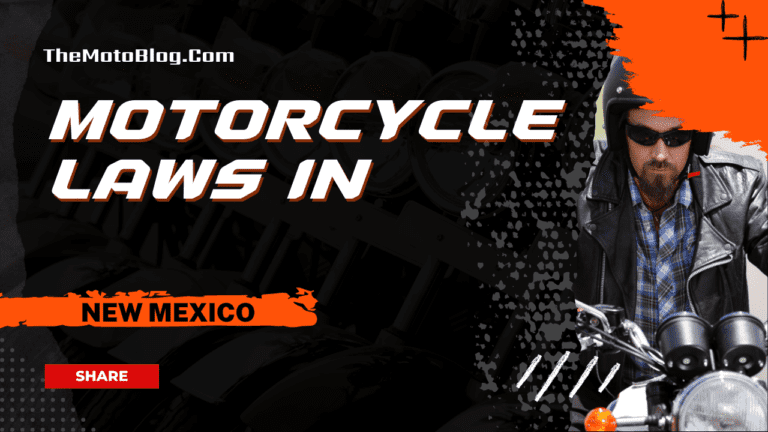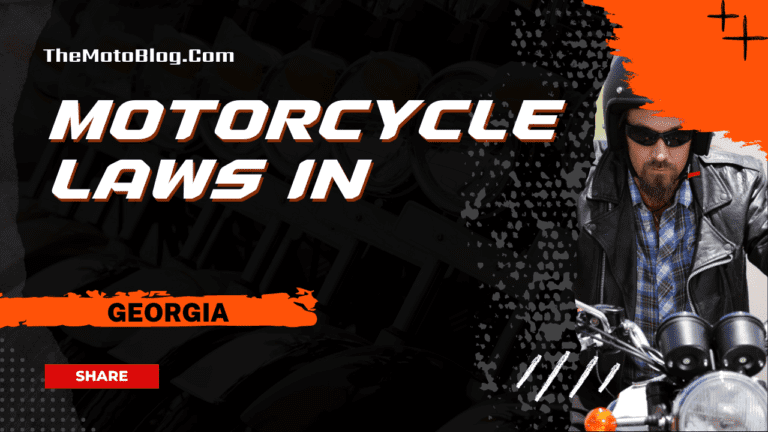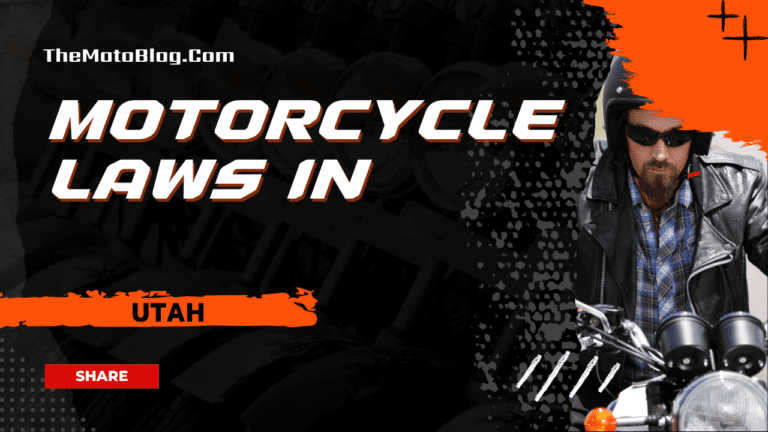Motorcycle Laws in Connecticut: A Comprehensive Guide for Riders
Nestled between New York’s scenic routes and Rhode Island’s coastal roads, Connecticut features well-regulated motorcycle laws that ensure rider safety while preserving the freedom of the open road. Understanding these regulations is crucial whether you’re a resident or just passing through. While Massachusetts and New York have their own distinct rules, here’s what you need to know about Connecticut’s motorcycle laws.

| Category | Requirements |
|---|---|
| Licensing Requirements | – Class M endorsement required – Minimum age: 16 years – Knowledge and vision tests mandatory – Completion of novice motorcycle safety course – Valid Connecticut driver’s license needed – Instructional permits have passenger and time restrictions |
| Helmet and Safety Equipment | – Mandatory for riders under 18 – Required for all operators with learner’s permits – Eye protection mandatory unless windshield present – Must wear goggles, glasses, or face shield – No specific requirements for other protective gear – Regular maintenance checks recommended |
| Operating Rules | – Full lane usage rights – Lane splitting prohibited – Handlebar height cannot exceed shoulder height – Daytime headlight use mandatory for post-1979 motorcycles – One mirror minimum required – Turn signals not required |
| Insurance Requirements | – $20,000 per person for bodily injury – $40,000 per accident for bodily injury – $10,000 for property damage – Matching uninsured/underinsured coverage required |
| Vehicle Specifications | – No specific engine size restrictions – Front and rear brakes required – Muffler with baffles mandatory – No cut-outs or straight pipes allowed – Sound restrictions apply but limits not specified |
| Passenger Laws | – No age restrictions for passengers – Must have firmly attached passenger seat – No passengers with learner’s permit – 90-day restriction for new endorsement holders – 6-month restriction for 16-17 year olds |
| Registration and Documentation | – Valid ID and proof of insurance required – License plate must be immovably fastened – Upright rear plate mounting mandatory – Random inspections conducted |
| Traffic Laws | – Regular speed limits apply – No specific highway restrictions – Maximum two motorcycles side-by-side in lane – Subject to all standard traffic regulations |
| Special Circumstances (Mopeds) | – Separate classification from motorcycles – No motorcycle endorsement required – Cannot operate on limited access highways – Different equipment requirements apply |
Licensing Requirements
To legally operate a motorcycle in Connecticut, riders must obtain a Class M endorsement on their driver’s license. The process involves several key requirements:
- Minimum age of 16 years
- Completion of knowledge and vision tests
- Mandatory novice motorcycle safety course
- Valid Connecticut driver’s license
Instructional permits come with specific restrictions regarding passenger transport and riding times.
Safety Equipment Requirements
Helmet Laws
Connecticut enforces helmet requirements for specific rider categories:
- Mandatory for riders under 18
- Required for all operators with learner’s permits
Additional Safety Gear
- Eye protection mandatory unless motorcycle has windshield
- Protective eyewear options include goggles, glasses, or face shield
- No specific requirements for additional protective gear
Vehicle Operation Guidelines
Lane Usage and Traffic Rules
- Full lane usage rights
- Lane splitting prohibited
- Maximum two motorcycles side-by-side in same lane
- Handlebar height restricted to rider’s shoulder height when seated
Equipment Requirements
- Headlight use mandatory for motorcycles built after 1979
- One mirror minimum requirement
- Front and rear brakes required
- Muffler with baffles mandatory
Insurance and Documentation
Insurance Coverage
Minimum liability requirements include:
- $20,000 per person for bodily injury
- $40,000 per accident for bodily injury
- $10,000 for property damage
- Matching uninsured/underinsured coverage required
Registration and Inspection
- Valid ID and proof of insurance required for registration
- License plate must be immovably fastened on rear
- Random inspections conducted
Passenger Regulations
Specific rules govern passenger transport:
- No passengers allowed with learner’s permit
- 90-day passenger restriction for new endorsement holders
- 6-month passenger restriction for 16-17 year olds
- Passenger seat must be firmly attached
Special Considerations
Motor-driven cycles (mopeds) have distinct regulations:
- Prohibited on limited access highways
- Separate classification from motorcycles
- No motorcycle endorsement required
Understanding Connecticut’s motorcycle laws ensures safe and legal riding throughout the state. For those planning multi-state trips, be aware that neighboring states like New Jersey and Rhode Island have their own specific requirements. Stay informed, ride safely, and enjoy Connecticut’s beautiful roads!
Motorcycle Laws in the US By States
If you liked this article, then please subscribe to our YouTube Channel for more Bike Videos. You can also find us on Instagram, Twitter and Facebook.
Disclosure: As an Amazon Associate, I earn from qualifying purchases. Read more about Amazon Affiliate Disclaimer.

Vishwanath Mathpati
I am Vishwanath Mathpati, a full-time Blogger and Motorcyclist from Bidar, Karnataka. I love writing about my Motorcycles Stories and Riding Gears on this blog.
Know More About Me.






